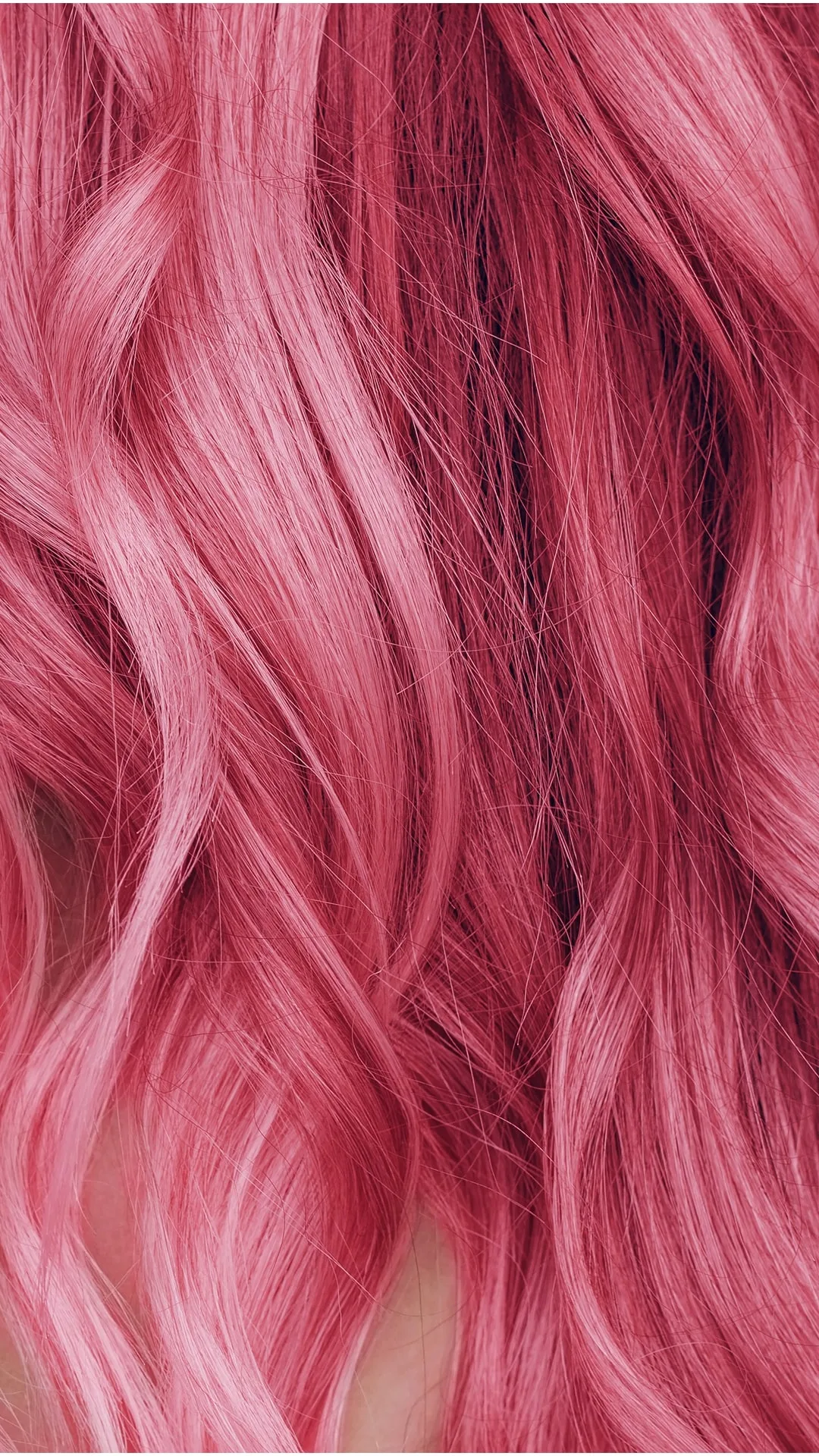Is hair dye bad for your hair? If you’ve dyed your hair before, you might have noticed a change in the way it feels and behaves in different conditions (like humidity), and there’s a good reason. Dying your hair can not only causes your hair to change visibly but structurally, too! If you’re new to the concept of dying your hair, here’s what you need to know…
What you need to know about hair dye damage
Let’s jump straight to what you need to know about dying your hair and hair damage. In short, dying your hair causes structural changes to your hair that can in turn damage it. The level of damage is dependent on a few things;
The treatment (hair bleach versus getting dark hair)
The formula (semi-permanent versus permanent)
The condition of existing hair
If you’re worried about causing irreparable damage to your hair if you dye it, there are a few Aussie A-beauty secrets that’ll keep you, and those strands, on top of the hair game. Keep reading to find out how…
Does dying your hair darker damage it?
It’s true that dying your hair dark has a different effect on hair than if you were to dye it a lighter colour or bleach it.
When you dye your hair darker, you’re lifting up the cuticle and adding colour molecules to it. When you lighten or bleach your hair, you’re lifting the cuticle and breaking down natural fatty acids to alter the pigment.
The formulas used to lighten or bleach strands can cause the most damage as the process is incredibly complex and changes your hair the most. That’s not to say going dark doesn’t have its cons. Whether you’re dying your hair dark or light, you’re applying chemicals to your hair that alter the way it looks on the outside by adding or removing something within each strand.
So, hair dye damage isn’t restricted by the colour you choose. In both cases, you’ll notice your hair’s drier and, without the right aftercare, can be prone to breakage or split ends
Does semi-permanent dye damage hair?
Is semi-permanent hair dye damaging? If you’re thinking you can get around the damage with a semi-permanent colour instead, it’s not a bad strategy, but it’s not completely foolproof.
The difference between semi-permanent dye and permanent dye is that semi-permanent dyes don’t open the hair’s shaft, meaning the change is only on the surface and washes out.
Your natural colour’s retained during the process and will be visible again once the semi-permanent colour washes out.
But let’s remember, we’re still applying chemicals to strands which have a drying effect. Is semi-permanent hair dye damaging? Less so than bleach and permanent dyes, but you’ll still need to make sure your after-care routine’s top of its game. Moisture, moisture, moisture!
How your hair’s condition makes a difference
If your hair’s already weak, dry and brittle, taking to it with chemicals and altering the structure of strands is only going to make it worse. So, before you commit to that full head at the salon, make sure you speak to your hairdresser about your hair’s current condition to understand the impact colour treatments can have.
If you’re not careful, you might find your hair becomes more prone to frizz, breakage and colour fade. Not the results you want!
Refresh your colour with our products
The good news is, that there are workarounds to help you protect those strands, without compromising on colour (rejoice!). The best defence for colour-treated hair’s to make sure your haircare arsenal’s packed with deeply hydrating and repairing products.
1. Purple shampoo to freshen up those colour-treated strands
If you’re blonde and you’re looking to refresh your colour, you don’t need to go to the salon each time (wait, what?!). That’s right! You can freshen up those blonde tones at home and with ease. Purple shampoos are designed to rid your hair of brassiness and bring out those cool undertones in as little as a few minutes. So, try to leave your hair a little longer between colour treatments so it has time to recover and use a purple shampoo in between.
You can try our Blonde Hydration Purple Shampoo, infused with Australian hemp seed & wild plum extracts, and have a look at the full collection for more products for blonde, grey, bleached or highlighted hair!
2. Hair products to hydrate coloured hair
Post-salon, make sure you have deeply hydrating and repairing products within your haircare arsenal to replenish moisture lost during the hair dye process.
Our Colour Mate Collection’s designed to gently cleanse and deeply hydrate tresses for colour as vibrant as you are.
Step 1: Start your routine with Colour Mate Shampoo, working it into a deep lather that covers tresses from root to tip.
Step 2: Follow up with Colour Mate Conditioner or 3 Minute Miracle Colour Mate Deep Treatment, applying it to the lengths of hair, and let it soak into strands before rinsing thoroughly.
Step 3: For a deeply hydrating hair repair treat, sit back and relax with Colour Glow Hair Mask & Cap, the antioxidant and nutrient-rich answer to your newly coloured hair prayers.
So, while it’s true hair dye damages hair, it’s also true that there are things you can do to minimise that damage and protect hair with the right aftercare.
Thirsty for more? Read more on how to keep dyed hair healthy.
